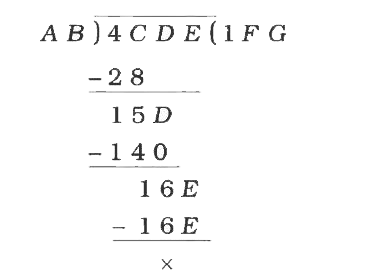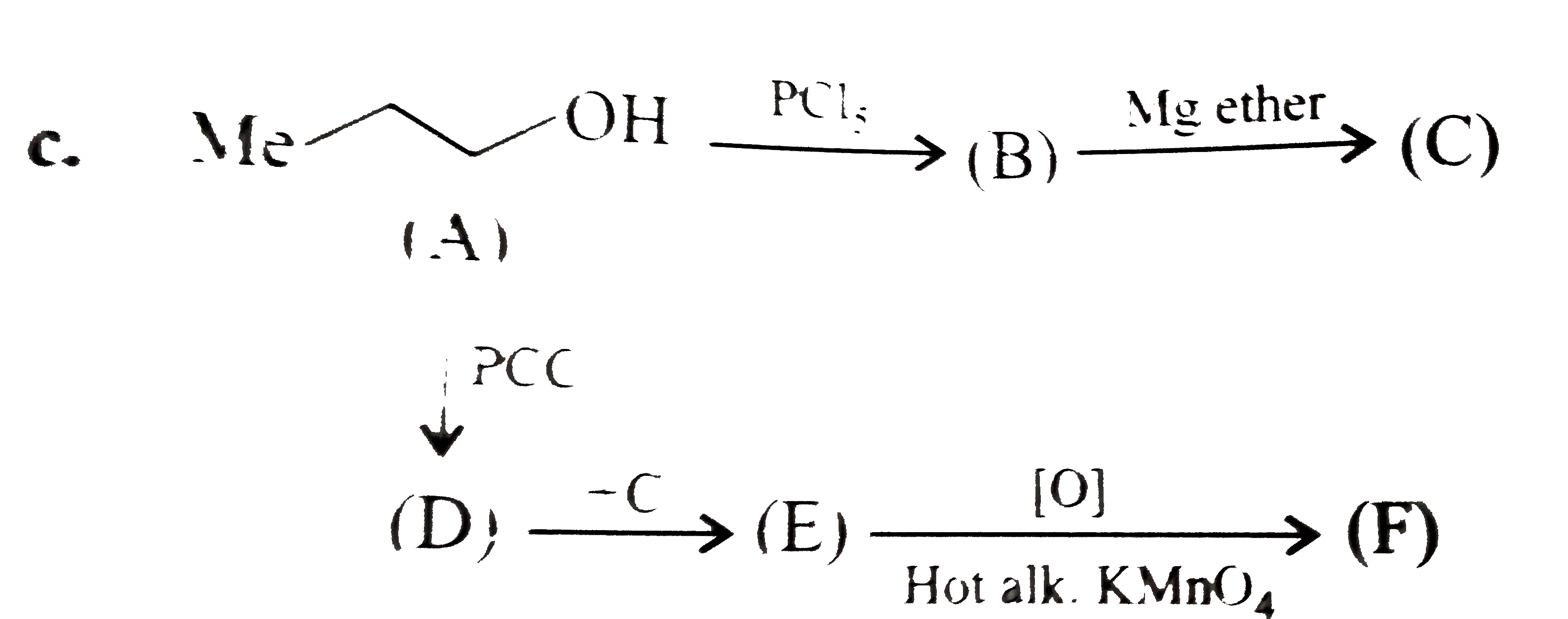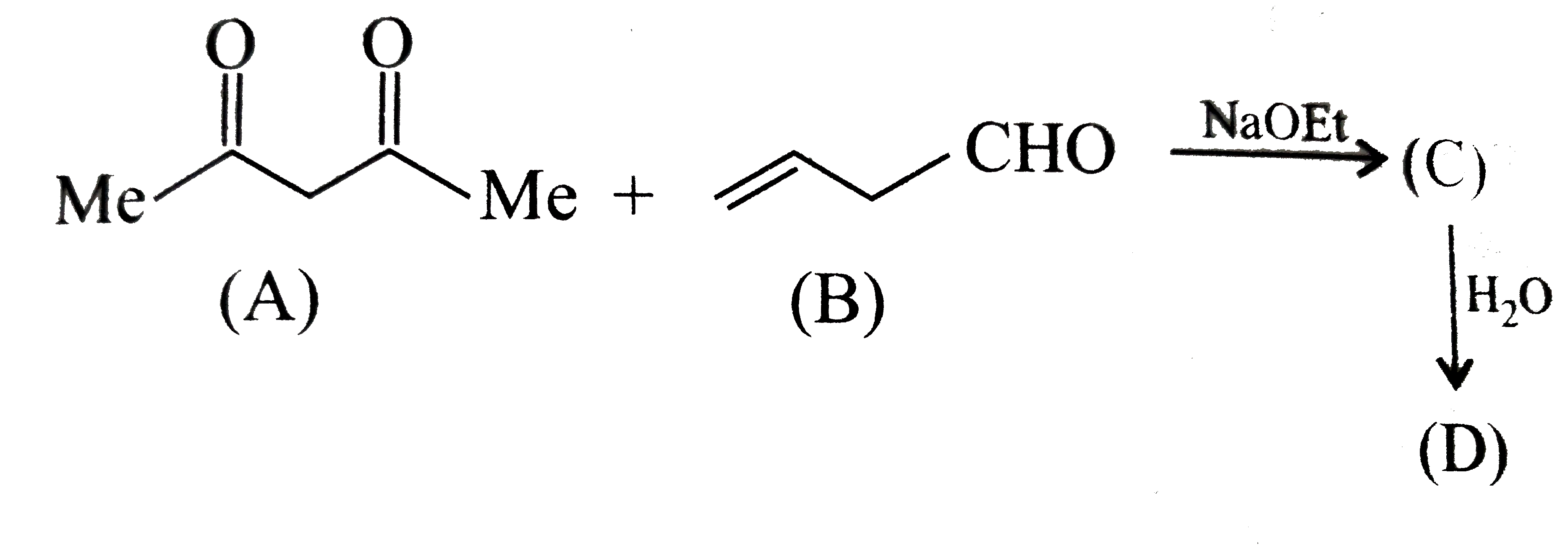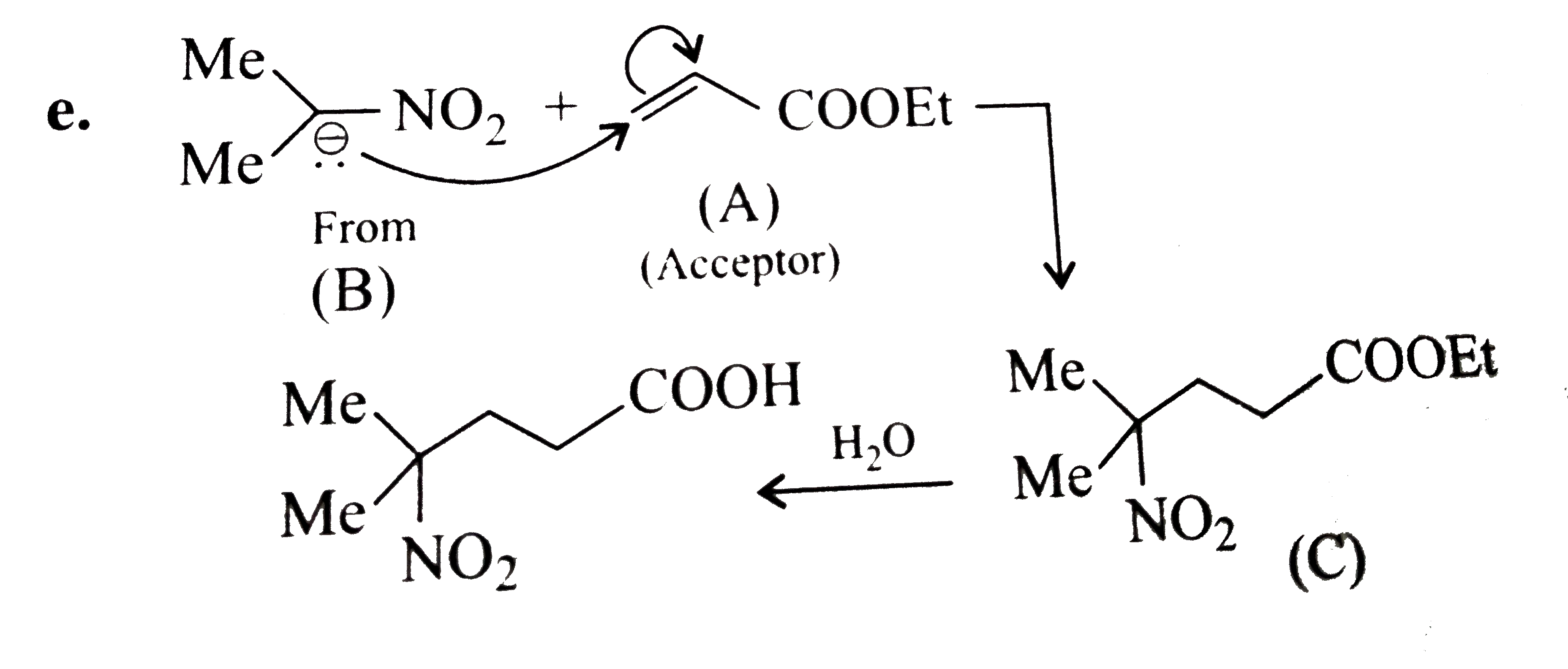Predict the modes of occurrence of the following three types of metals :
(a) Highly reactive (e.g )
(b) Moderately reactive (e.g )
( c) Noble metal (e.g ).
(i) Highly reactive : Being highly reactive in nature, it does not occur in nature in free state. In the combined form, sodium occurs as
(a) Sodium chloride,
(b) Sodium nitrate or Chile saltpetre,
( c) Sodium carbonate,
(d) Borax, .
(ii) Moderately reactive : Being moderately reactive in nature, it does not occur in nature in free state. In the combined form, iron occurs as
(a) Magnetic,
(b) Haematite,
( c) Limonite or hydrated ferric oxide,
(d) Siderite or spathic iron,
( e) Iron pyrites,
(f) Chalcopyrites, .
(iii) Noble metal : Being noble metal, it is found in free state in nature, e.g. etc.
Topper's Solved these Questions
- BOOK - CENGAGE CHEMISTRYCHAPTER - GENERAL PRINCIPLES AND PROCESS OF ISOLATION OF ELEMENTSEXERCISE - Exs 1.1 (Objective)14videos
GENERAL PRINCIPLES AND PROCESS OF ISOLATION OF ELEMENTS
- BOOK - CENGAGE CHEMISTRYCHAPTER - GENERAL PRINCIPLES AND PROCESS OF ISOLATION OF ELEMENTSEXERCISE - Exs 1.1 (True Orfalse Statement)19videos
GENERAL PRINCIPLES AND PROCESS OF ISOLATION OF ELEMENTS
- BOOK - CENGAGE CHEMISTRYCHAPTER - GENERAL PRINCIPLES AND PROCESS OF ISOLATION OF ELEMENTSEXERCISE - Solved Example25videos
GENERAL PRINCIPLES AND PROCESS OF ISOLATION OF ELEMENTS
- BOOK - CENGAGE CHEMISTRYCHAPTER - ELECTROCHEMISTRYEXERCISE - Archieves Subjective35videos
ELECTROCHEMISTRY
- BOOK - CENGAGE CHEMISTRYCHAPTER - GRIGNARD REAGENTS AND ORGANOMETALLIC REAGENTSEXERCISE - Exercises Archives (Linked Comprehension)1videos
GRIGNARD REAGENTS AND ORGANOMETALLIC REAGENTS
Similar Questions
Find the values of A,B,C,D,E,F,G in the following
 View Solution
View SolutionDivide the metals Cu,Zn,Ca,Mg,Fe,Na,Li into three groups namely reactive metals, moderately reactive metals and less reactive metals.
View Solution(a) Write method will you use to reduce the following ? Explain by giving a suitable example.
(i) Oxides of less reactive metals
(ii) Oxides of moderately reactive metals
(iii) Oxides of highly reactive metals.
(b) The reaction between metal 'X' and Fe2O3 is highly exothermic and is used to join railway tracks.
(i) Identify metal 'X' and name the reaction.
(ii) Write the chemical equation of its reaction with Fe2O3.View SolutionFrom the following , choose the most reactive and the least reative metals " Ca , Na Cu ,Ag and Au.
View SolutionArrange the following metals in decreasing order of their reactivity.
Fe,Zn,Na,Cu,AgView SolutionComplete the following reactions:
a.
b.
c.
d.
e.
f.
g. View Solution
View SolutionComplete the following reactions:
a.
b.
c.
d.
e.
f.
g. View Solution
View SolutionWhich one of the following will have largest number of atoms ?
(a) 1g Au (s) (b) 1g Na (s) (c) 1g Li (s) (d) 1g of Cl2(g)View SolutionDivide the metals Cu, Zn, Ca, Mg, Fe, Na, Li into three groups, namely reactive metals, moderately reactive metals and less reactive metals.
View SolutionDivide the metals Cu, Zn, Ca, Mg, Fe, Na, Li into three groups, namely, reactive metals, moderately reactive metals and less reactive metals.
View Solution

